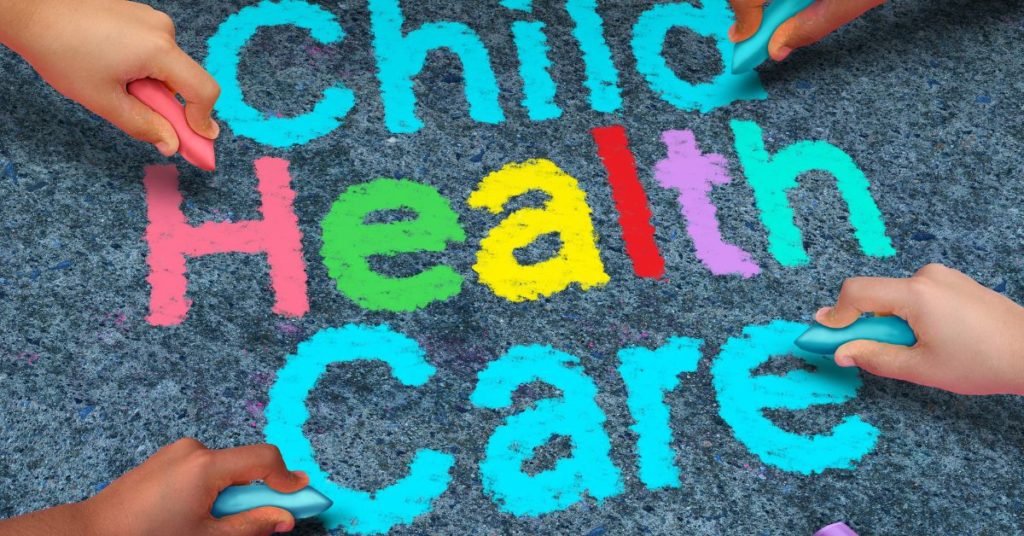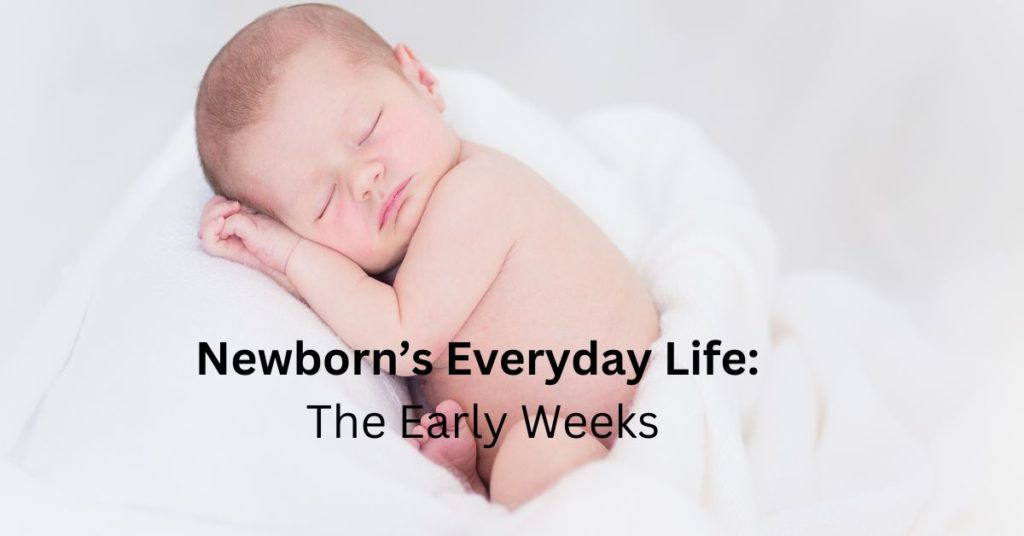After your baby is born, the umbilical cord is clamped and cut close to your baby’s body. It’s a painless procedure. And it leaves an umbilical stump attached to your baby’s belly button. The process of healing the newborn umbilicus consists of two stages:
- umbilical cord stump: the stump will dry up and fall off in about 7 to 21 days (in general between the fifth and tenth days after birth);
- a small umbilical wound after leaving the stump, that may take a few days to heal. When the stump falls off, you may notice a little blood on the diaper – don’t worry, it’s normal. Sometimes, after the stump falls off, there’s some drainage of clear or yellow fluid, and some bits of lumpy flesh may remain.
There are many recommendations for caring for a baby`s umbilical cord stump. What is essential for me: keep it in clean and dry conditions. Here are my recommendations:
How do I take care of an umbilical cord stump?
How to keep the umbilical cord stump clean and dry?
- Fold your baby’s diaper away from the stump (or buy newborn diapers with a cut-out space for the stump). This exposes the stump to the air and prevents contact with urine. If the weather is warm, have your baby wear just a diaper and a loose T-shirt to let air circulate and speed up the drying process. Avoid dressing your baby in bodysuit-style undershirts.
- Many parents are worried about whether to bathe a baby while the umbilicus won`t be healed. There is nothing terrible about bathing. It is advisable to conduct water procedures in boiled water for the first few weeks. My advice for you: give your baby sponge baths instead of tub baths until the umbilicus is healed (average 6 – 10 days).
- Never attempt to pull off the stump, even if it seems to be hanging by a thread.
- Don’t use alcohol to clean the stump. You have to clean it with water and dry it well with a compress when it is soiled.
The American Academy of Pediatrics (AAP) used to recommend cleaning the base of the stump daily with a cotton swab dipped in rubbing alcohol. But researchers have found that untreated cords heal faster than alcohol-swabbed cords and carry no more risk of infection, so the AAP changed its recommendation.
What are the signs of an umbilical cord stump infection?
Infections are rare, but consult with your baby’s doctor if: 1) your baby cries when you touch the cord or the skin next to it; 2) the skin around the base of the cord is red; 3) the stump smells bad or has a yellowish discharge; 4) also call the doctor if the stump bleeds continuously, as this may be a sign of a bleeding disorder.
When the umbilical stump has a risk of getting infected (your baby stays in hot conditions, or you do not have the possibility to change the diapers as often as needs your baby, and the umbilical stump comes into contact with urine and so on), you have to prevent the umbilical cord stump infection. Hydrogen peroxide, brilliant green solution, cotton swabs, and a pipette will be needed.
- Before the procedure, disinfect hands well;
- water the umbilical cord stump with peroxide, and leave for about half a minute;
- dried with a cotton swab;
- take the pipette and type in it a little brilliant green solution and process the umbilical cord stump;
- Do not forget to make sure that the brilliant green does not hit the neighboring skin, it can cause a burn.
After the umbilical cord stump falls off, in place of the cord will remain a wound that can seep for another ten days:
Nevertheless, while the umbilicus has not completely recovered and has not taken the proper shape, you should take care of it. Here, only the proper care for the umbilical wound is essential. And again, here is good advice – during the healing period give your baby sponge baths instead of tub baths. This measure will help to avoid umbilicus infection.
How to treat a newborn’s umbilical wound at home?
There are special rules, the use of which reduces the risk of infection and bacteria. First, care for the umbilical wound should be carried out ideally by washing hands using sterile products. Secondly, to carry out disinfection it is necessary to have special remedies.
They must be present in the newborn’s first-aid kit as the most necessary medicines: hydrogen peroxide, brilliant green solution of alcohol; cotton swabs (chemist’s); paper napkins. Do not use hard sticks with cotton wool. It can hurt the baby`s umbilicus. Use only soft cotton pads and a soft cotton swab, do not use sticks and other hard materials for the treatment of baby`s umbilicus.
Why I would recommend that your baby use a brilliant green solution of alcohol for treating the umbilical wound?
The answer is: that the treatment with a solution of Brilliant green helps to keep the umbilicus dry, accelerate the processes of skin regeneration, and to achieve a disinfecting effect. It is recommended to use a minimum of a brilliant green solution for processing the umbilicus, it is poorly absorbed, can hide some complications, such as redness and rash, and often burns the delicate skin of the baby.
American pediatricians recommend that only boiled water be used to treat the umbilical wound. In my opinion, this option is suitable only in the non-heat season, with the ideal condition of the baby and for quite courageous parents).
The baby`s umbilical wound is treated with a peroxide solution and brilliant green solution at least twice a day. There is no need to disinfect more often, irritation may occur. The crusts do not need to be “ripped off.” Many parents are frightened that the peroxide solution emits foam. There is nothing terrible in this, so the remaining excretion is removed. It is enough to treat with the following stages of the procedure:
- Initially, cleanly take one cotton swab dipped in hydrogen peroxide 3%, and gently touch the umbilicus just one time (do this procedure without any effort, just gentle touch!).
- After that, dry the wound with another cotton swab (just gentle touch! Do not make an effort!).
- The Last step – take one cotton swab dipped in the brilliant green solution and gently touch the umbilicus just one time.
Sometimes when an umbilical wound has a bad smell, it should be treated with levomycetin alcohol to avoid complications.
It is best to treat the umbilical wound of a newborn after an evening bath and in the morning. Daily do this procedure until the baby`s umbilicus become dry, clean, and without crusts.
If the wound continues oozing, place a dry net cord to keep it clean. Change the dressing when the dressing is soiled.
To learn more about Newborn’s Everyday Life, please visit the next article.






Pingback: (2022) Newborn’s Everyday Life: Umbilical Hernia In Babies (Part 3) | Childhealthcreation.com
Pingback: (2022) Newborn’s Everyday Life: The Bath Moment (Part 4) | Childhealthcreation.com | How To Grow A Healthy Child?